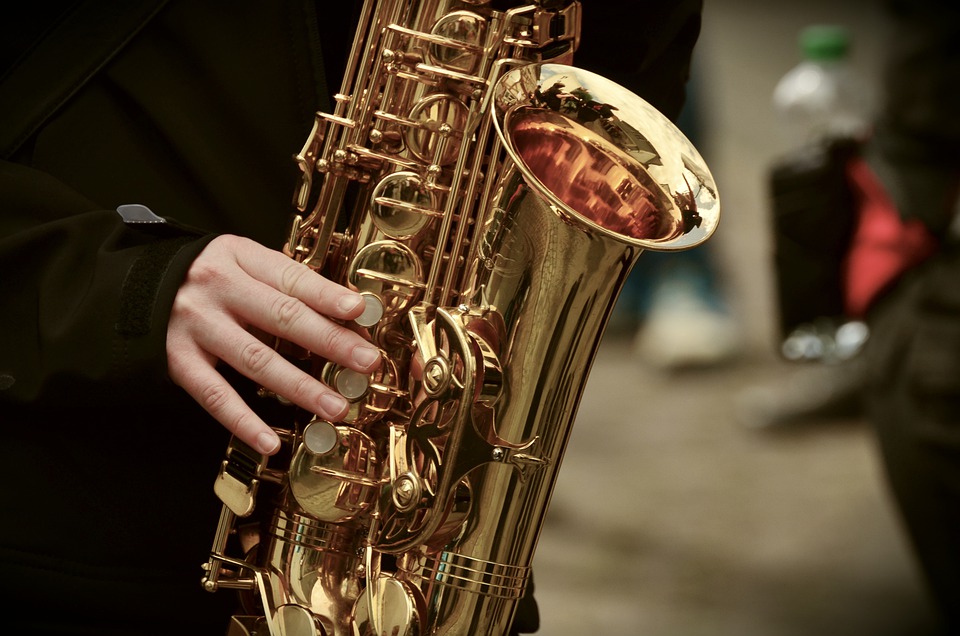
Jazz has to swing – jazz musicians agree on that. However, even after 100 years, there is still disagreement as to what exactly constitutes the swing feeling. With a targeted experiment and data analysis of over 450 famous jazz solos, physicists from the Max Planck Institute for Dynamics and Self-Organization (MPI-DS) together with psychologists from the University of Göttingen have deciphered a secret of swing. They were able to prove that certain systematic deviations in timing contribute significantly to the swing feeling. These temporal deviations are so small that even professional jazz musicians do not explicitly notice them, but only use them unconsciously.
“What is this thing called Swing?” already asked Louis Armstrong in one of his songs. The term was introduced by jazz musicians to denote a specific style of playing that they consider essential. Although swing feeling is one of the most important characteristics of jazz, it was long believed that swing could be felt but not explained. Only the sequence of eighth notes played in different lengths, “downbeats” and “offbeats”, is an easily audible part of swing. However, this characteristic alone is not sufficient for swing, as jazz musicians know; it can even be generated on the computer. This raises the question of which other components make up the swing.
Minimal time deviations as the cause of the swing?
Since the 1980s, scientists have suspected that the swing feeling is generated by minimal time deviations, so-called microtiming deviations, between the instruments. On the other hand, other scientists emphasized the need for rhythmic precision. To answer this question, the research team designed an experiment in which they manipulated the timing in original recordings of pianists in various ways on the computer. In these manipulated recordings, the strength of the swing feeling was then evaluated by professional and semi-professional jazz musicians. In a first study, the team was able to prove that random timing deviations of soloists do not contribute to the swing feeling, but can actually reduce it.
The delay in the downbeat is crucial
In their new study, the scientists examined the influence of various systematic deviations between soloists and rhythm section on the swing feeling. For example, they found that evenly delaying soloist downbeats and offbeats does not enhance the swing feel. In contrast, it was amplified significantly when just the downbeats were evenly delayed by about 30 milliseconds while the soloists’ offbeats stayed in sync with the rhythm section. Thus, downbeat delays have been identified as a cause of the swing feel.
“The professional jazz musicians, whom we explicitly asked about at the end of the experiment, could hear differences, but could not identify these minimal deviations,” explains Theo Geisel, head of the project and emeritus director at the MPI-DS. “The question therefore arose as to whether the effect produced by delayed downbeats is actually used by jazz musicians,” add Thorsten Albrecht and York Hagmayer, psychologists from the University of Göttingen who were involved in the study.
To check this, the team ran data analyzes on more than 450 solos by famous jazz musicians. It turned out that downbeat delays were actually used in almost all cases. “This subtle method of creating the swing feeling is apparently only used unconsciously by jazz musicians; they were not aware of the effect itself,” summarizes Theo Geisel.
A century after musicians like Louis Armstrong and Duke Ellington took the stage, it becomes much clearer what exactly makes the swing feeling.
https://www.nature.com/articles/s42005-022-00995-z
Source: Max Planck Society for the Advancement of Science, Oct 6, 2022